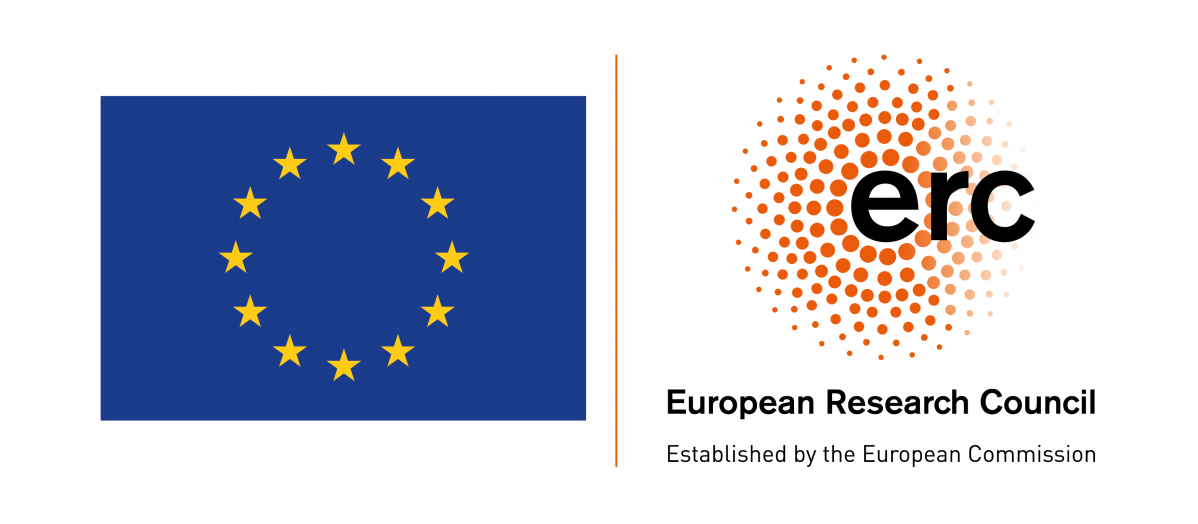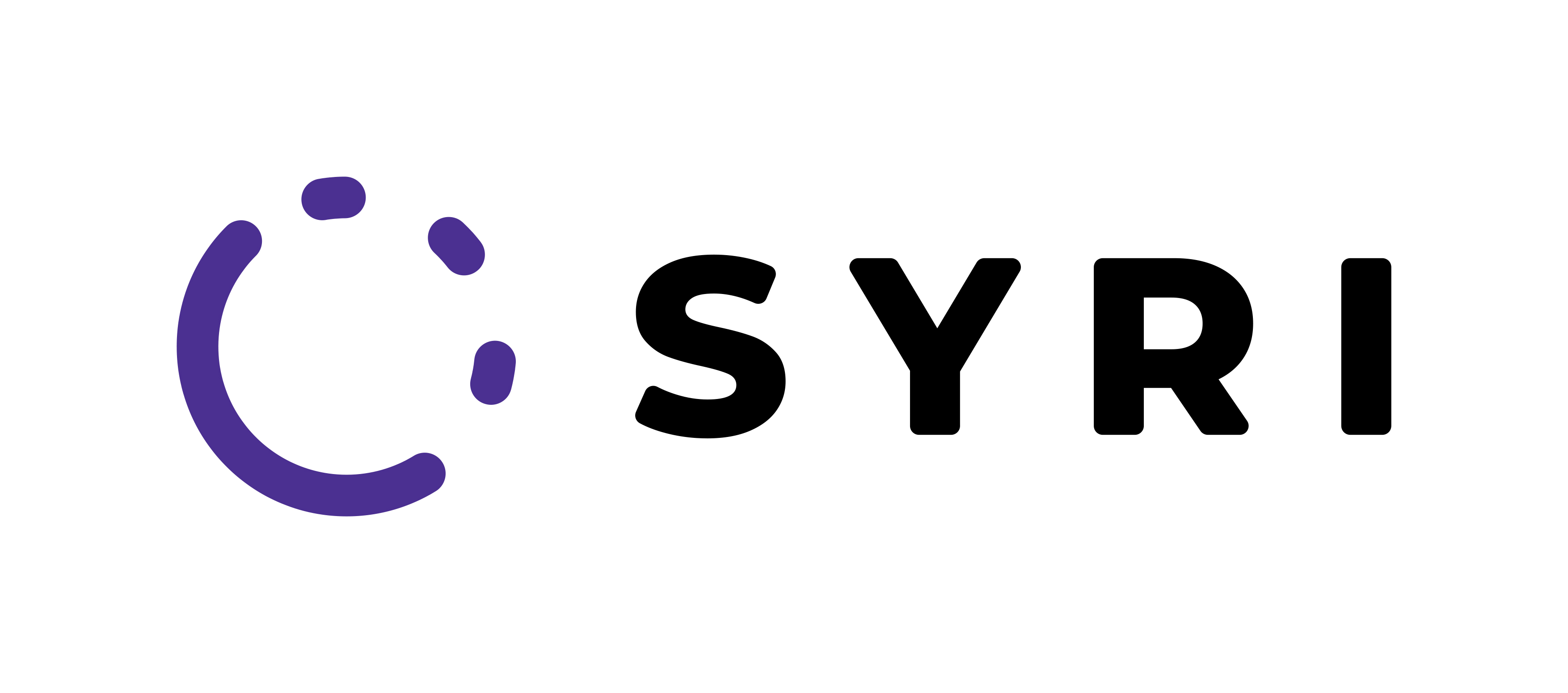Thales Monism, Transformational Equivalence, and Anaximenes' Material Felting Robert Hahn
Pořádá Oddělení pro studium antického a středověkého myšlení
Abstrakt
The Ionian phusiologoi stand at the origins of western philosophy. According to the conventional view following Aristotle's lead in Metaphysics A, Thales and Anaximenes each postulated an original, primordial substance – hudōr aer -- that transforms into diverse appearances without ceasing to be that original stuff. Thus all change must be ultimately and only alteration of "water," or "airy-mist." There can be nothing new that comes to be since all appearances are only different expressions of the original underlying substance: Material Monism [MM]. Daniel Graham, however, has argued recently that Aristotle got it wrong – as he has in other cases -- and thus also all who have followed his lead, ancient and modern; while the Ionians did claim that in the beginning there was an original stuff, that original stuff perished in the process of generating other new things: Generating Substance Theory [GST]. And from this new interpretative starting point, Graham offers a new, fascinating reading of Presocratic philosophy whole cloth. In this paper I wish to focus only on Milesian beginnings, and not the consequences that Graham offers on the condition that his new reading is correct. Can the case be made that Aristotle's account of Milesian Material Monism is mistaken and that, instead, Thales and Anaximenes, and for that matter also Anaximander, were proponents of GST?
Graham offers what he regards to be arguments that are both "historically appropriate" and "philosophically coherent" to make his case, and while exploring his claims I wish to raise a new line of approach that I have opened in my last book Archaeology and the Origins of Philosophy [Ancient Philosophy Series, State University of New York Press,2010] as to what also counts as "historically appropriate" and "philosophically coherent" that Graham never considers. Graham tends to pass over Thales because he regards the evidence as too exiguous. But it seems clear that he regards Thales as likely sharing the same approach as his Milesian compatriots. Anaximenes, and Anaximander, illuminate cosmic processes by appeal to material "felting" [pilêsis]; can archaeological resources lend support to or undermine Graham's thesis? And if archaeological resources can lend clarity to traditional debates in classical scholarship, what new light does this shed on what also counts as evidence that is "historically appropriate" and "philosophically coherent?"
When Graham examines the doxographical reports on Anaximander's cosmology, he understands that in the beginning was the apeiron and from that, by some quasi-biological process, a seed is generated, and from that seed comes the opposites – hot and cold, wet and dry – and in turn the "elements" that are comprised of them. Thus, hot and dry fire surrounds the cold and moist earth, like bark around a tree, and somehow gets separated off into concentric wheels of fire that we come to call the sun, moon, and stars. In Graham's take on the reports, the elements transform out of each other and perish into each other, but the apeiron does not seem to enter directly into these processes. Thus, in Graham's estimation, Anaximander does not appear to be a Material Monist, and from this reading of him Anaximenes could not have inherited MM either. But, it should be noted that many commentators interpret the only surviving fragment to read that "when things have their origin, into that they have their perishing"; it is from the apeiron that plurality emerges and it is back into the apeiron that all diverse things return ultimately. Graham's reading that the interchange is between the elements has had support, but a substantial assembly of scholars has advocated the reading that origins from and perishing into finds as its locus the apeiron.
On Graham's view, Anaximenes' embrace of aer as the originating substance allows it to continue in the resulting world. Like Anaximander, according to Graham, Anaximenes' originating substance articulates into successor states, but Anaximenes describes the processes of condensation and rarefaction as the mechanism by means of which "he can at least adumbrate the laws that operate on physical objects and ultimately maintain cosmic scales in balance." Thus "Anaximenes' great achievement is to fill in the gaps of Anaximander's grand vision with details...."
How does Graham defend this interpretation? He claims that it is "historically appropriate" because it does not suppose a sophisticated ontology. Had the Ionians been proponents of MM they would be positing an underlying substratum that persists throughout the changing appearance and Graham can find no evidence for this sophistication. And Graham presses this point further when he contends that GST is more "philosophically coherent" because MM requires an account of an ultimate reality beyond the sensible attributes that we perceive, and again, he can find no evidence for such an Ionian account. Moreover, Graham emphasizes that in the doxographical reports, Simplicius uses the term gignesthai and Hippolytus uses the term apogonoi in explaining Anaximenes' position; these terms suggest the kind of coming-to-be, more than mere alteration of a primordial stuff, that seems inconsistent with MM.
With Graham's thesis and its background debate in mind, I will turn to consider what the archaeological resources can supply about "felting" Can we assemble the evidence of what Anaximenes and his compatriots believably saw when they watched the process? When we isolate the evidence so far as possible can we understand better why this particular technê seemed appropriate to Anaximenes, and Anaximander, to describe and/or illuminate cosmic processes?
I tracked down craftsmen still working on the west coast of Turkey, in Tyre, a short distance from Miletus, and I photographed them making felt in what seems to be the same simple, traditional process in which felt was produced thousands of years ago. I will show this process as part of my Powerpoint presentation and let the audience decide if it adds clarity to this debate.
Plakát
Plakát ke stažení ZDE.





